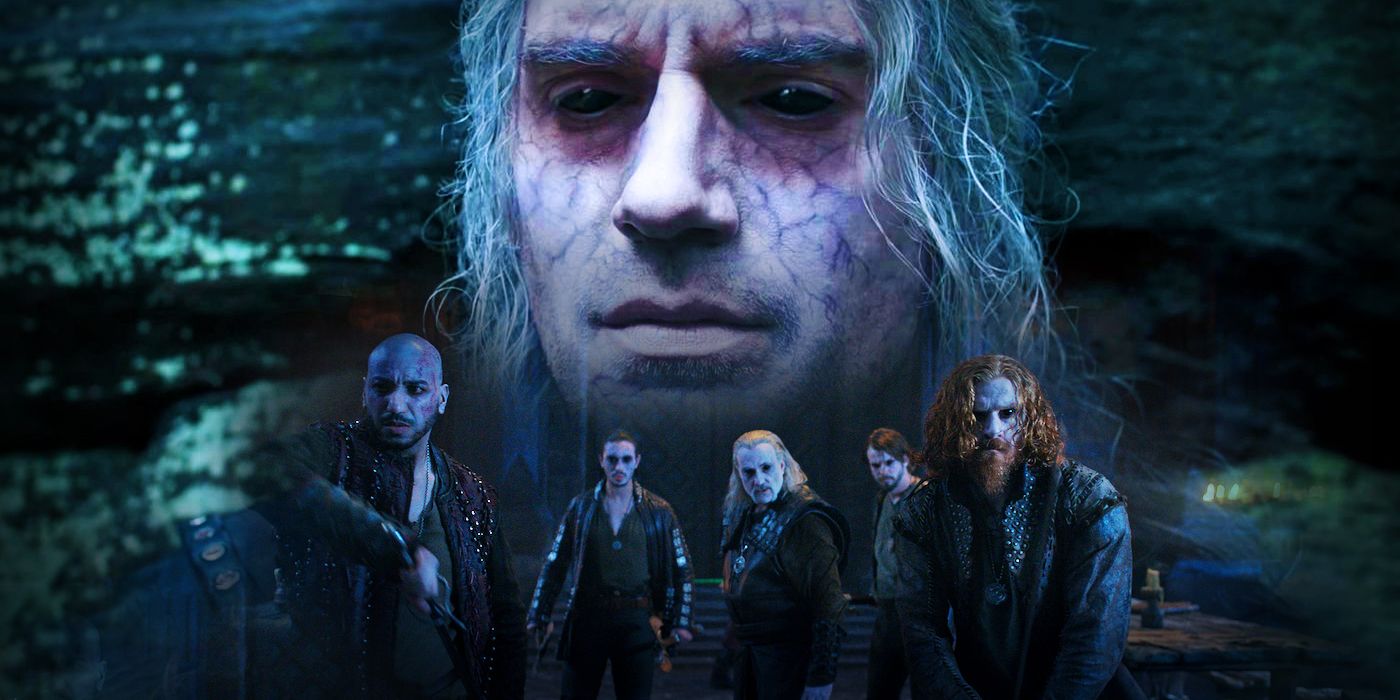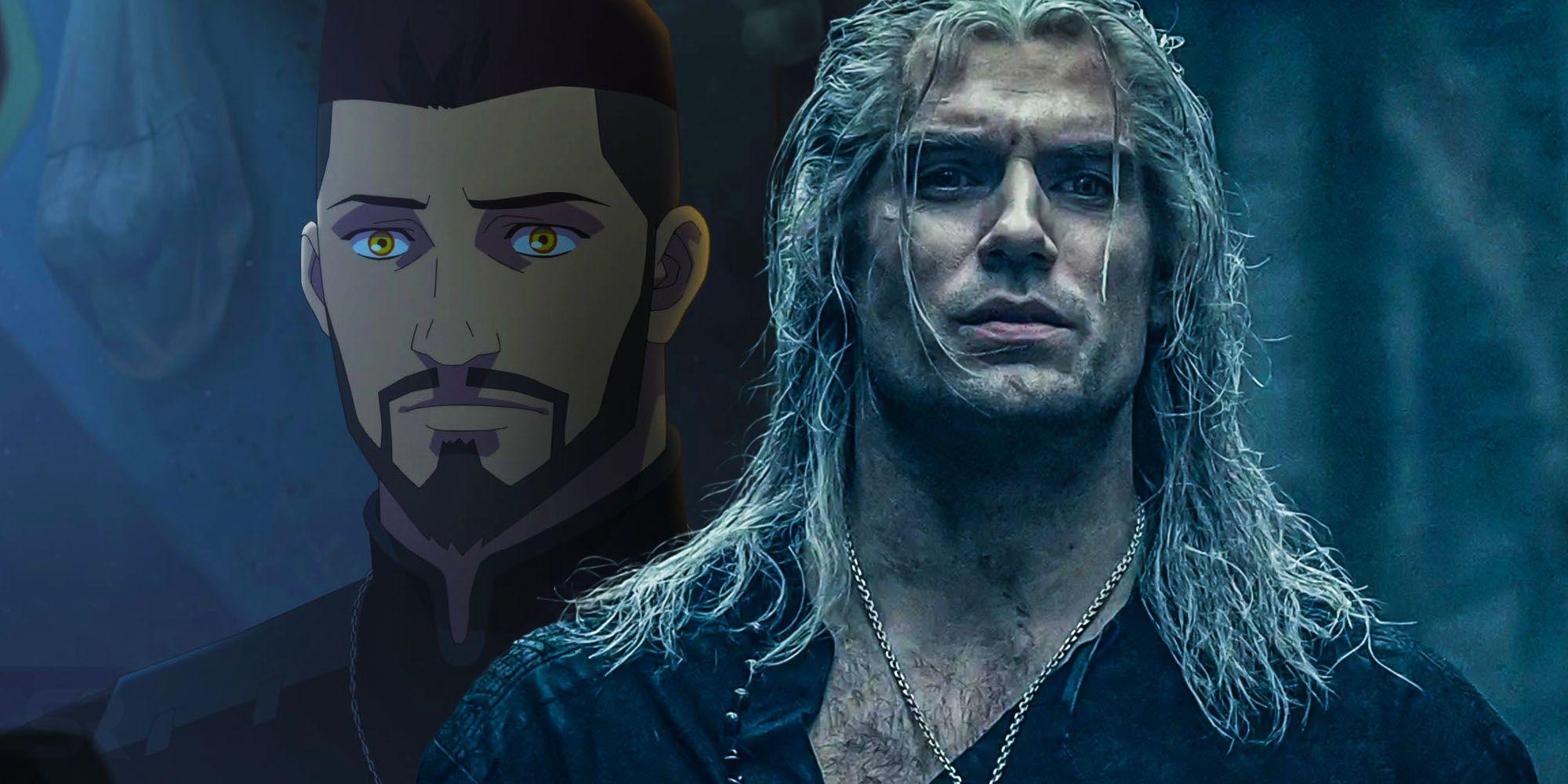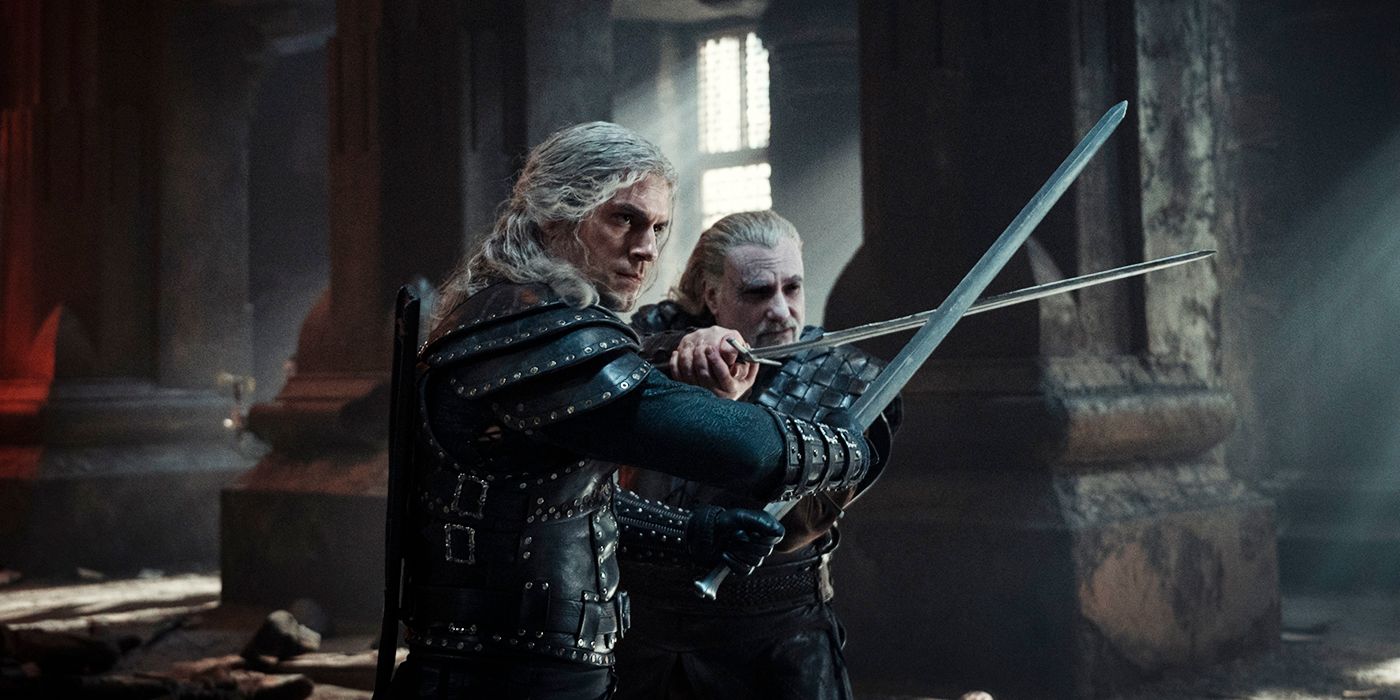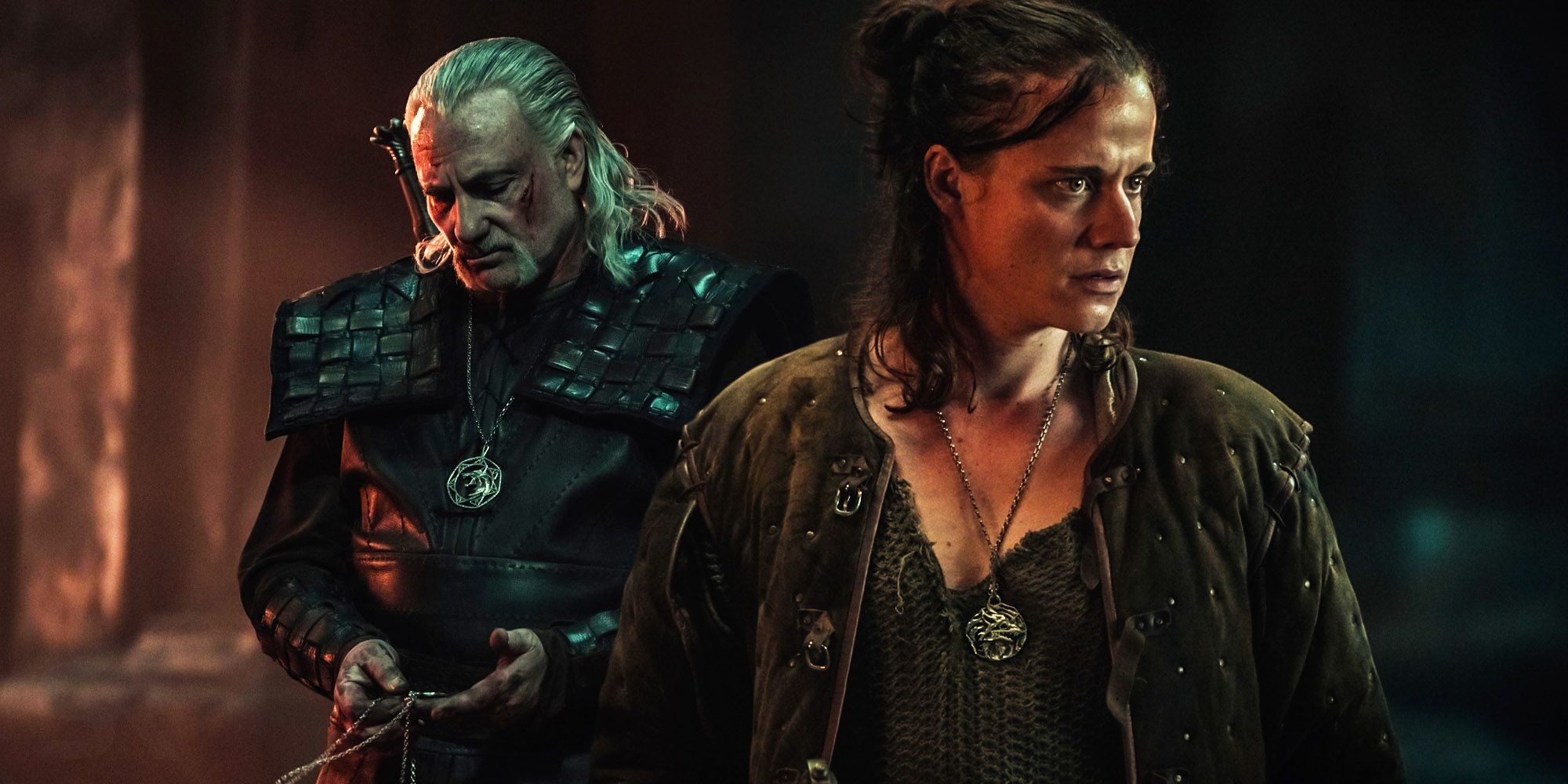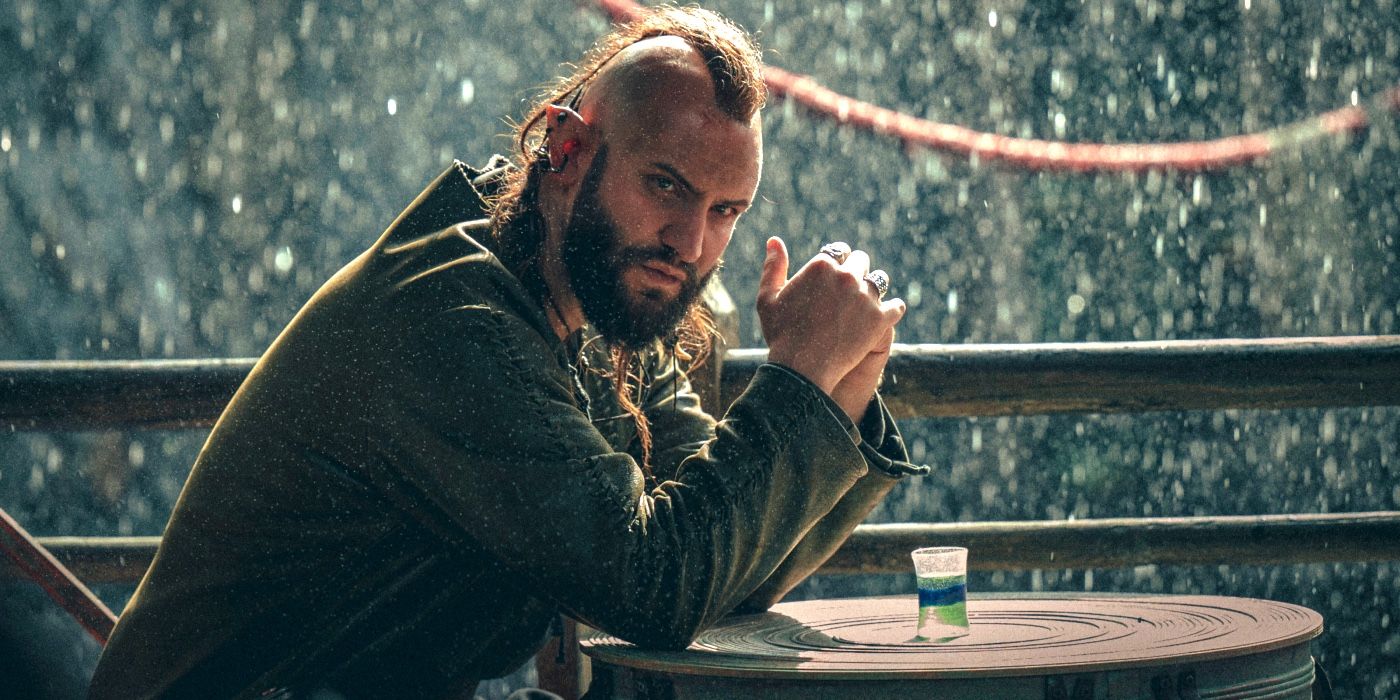In The Witcher's universe, how witchers are made is through a series of trials, the most important of which is the Trial of the Grasses. Geralt was given away as a baby to undergo witcher training at the most famous stronghold, the School of the Wolf at Kaer Morhen. Witchers are humans taken as children, trained, and physically mutated for the purpose of killing monsters. They were created to protect settlers from the monsters that roamed the wilderness before the continent was fully settled, and they possess superhuman strength and speed among other unique abilities. The most important part of creating a witcher is the Trial of the Grasses.
The Trial of the Grasses is a process in which the subject is administered a combination of mutagenic herbs and virus cultures that modify the body, gifting those few who survive a host of abilities including superhuman speed and strength and the witchers' extended lifespans. While much of the process of the Trial of the Grasses is known, certain aspects remain a mystery. The process can be different for witchers, as audiences know Geralt of Rivia was given more of the mutagens than any previous subject, causing his hair to lose its pigment. With season 3 on the way, there's no better time to look at how witchers are made.
What Happens During The Trial Of The Grasses & How Long It Lasts
In terms of how witchers are made, during the Trial of the Grasses, subjects begin with a tea of the initial herbs which render them immobile. Next, a combination of further herbs and elixirs is injected directly into the bloodstream. The mutagens and elixirs are allowed to work for three days, by the end of which the majority of subjects have already died. Those who are still alive at this point enter a deep trance and are given another dose of the mutagens, herbs, and elixirs (some of these herbs/elixirs are the same ones used in witchers' pre-combat potions).
At this point, subjects become sicker and typically begin to vomit violently, suffer cold sweats, and sometimes experience seizures. As the body sickens and becomes weaker, the mutagens' work becomes easier, and they begin to remold the body, leading to the human to witcher transformation. After a week, the trial is over and those who survive have gained the various abilities of a witcher. The Trial of the Grasses is the first part of becoming a witcher, and it provides nearly all the mutations that set witchers apart from normal humans in The Witcher universe. Every witcher from Vesemir to Eskel undergoes this trial and it's how people become witchers.
The Effects Of The Trial Of The Grasses
The first change noticed in those who survive the Trial of the Grasses in how witchers are made is that they develop cat-like yellow eyes with vertical pupils capable of expanding or shrinking far more than normal human eyes. This provides witchers with improved eyesight to go along with improved versions of their other 4 senses. Witchers from any of the witcher schools experience these changes after the Trial of the Grasses, along with superhuman strength, uncanny reflexes, and extended lifespans. All of these trademark witcher mutations come from the Trial of the Grasses.
The changes witchers experience in how witchers are made make them incredibly powerful compared to any normal human. The unnatural amount of power witchers develop through the trials also has the indirect effect of making normal people terrified of them. Witchers were originally respected because of the valuable purpose they serve, however, as monster populations waned following the creation of witchers, people began to fear and resent them, ultimately leading to the sacking of Kaer Morhen (depicted in Nightmare of the Wolf), the witcher fortress belonging to the School of the Wolf.
Why The Trial Of The Grasses Is So Dangerous
How witchers are made and the Trial of the Grasses is exceptionally dangerous because the first dose of herbs is meant to open the body up to mutation. Essentially, the body is weakened until it becomes unable to fight off the virus cultures and mutagens that cause a witcher's mutations. Moreover, even if the body survives in such a weakened state, it must survive the actual changes themselves. Any candidate hoping to survive long enough to earn a witcher's medallion, must survive seven days in a weakened state as the body physically transforms itself. Furthermore, the entire process is excruciating, and many candidates are unable to survive the pain.
Witchers also go through other trials though only the Trial of Dreams causes further mutations. The other trials are a series of tests and training exercises that teach the witcher students swordsmanship, survival skills, herb lore, and other skills essential to monster slaying. While each of the other trials is important, and they can vary depending on which school they are administered at, the Trial of the Grasses is what gives witchers their superhuman mutations and truly sets them apart from other humans, in terms of how witchers are made. Surviving the Trial of the Grasses, something only 3 or 4 out of 10 do, is how people become witchers.
The Witcher: Blood Origin Shows What Happened When The Trial Of The Grasses Goes Wrong
The prequel miniseries The Witcher: Blood Origins tells the story of how witchers are made through the lens of the very first witcher: Fjall (Laurence O’Fuarain). However, Blood Origins makes some notable changes to canon when it comes to how people turn into witchers, or rather, how elves turn into witchers. One of the most startling revelations that Blood Origin brought to the screen is that the very first witcher was an elf, when it was previously described as a purely human order. Fjall was forced to undergo the witcher transformation when the mage Balor started harnessing chaos magic and brought monsters from other worlds.
How witchers are made before the Conjunction of the Spheres, or at least what's shown in Blood Origins, is relatively similar to the Trial of the Grasses. What's shown is that Fjall must undergo a torturous experiment in which the mutagens he consumes are extracted from the monster from another world. While the trial he undergoes could one day become the Trial of the Grasses, whether it's due to his elven background or the concoction itself, Fjall doesn't get all the specific powers of a witcher. Rather, it seems like Fjall transformed into an elf-monster hybrid that bears some similarities to what witchers are.
Fjall does share some physical characteristics that parallel witchers, such as his yellow eyes or when his skin becomes blackened like witchers who have just drank potions. However, the trial depicted in Blood Origin does bear some dangerous consequences. Fjall loses control and attacks his fellow party, he performs no magic and still requires the assistance of his comrades to slay beasts. Blood Origins basically sees how witchers are made in the past, before the Trial of the Grasses was perfected and witchers were a proper order. Hopefully, the origins of the first witcher will factor in The Witcher season 3 as Henry Cavill plays Geralt for one final chapter.

